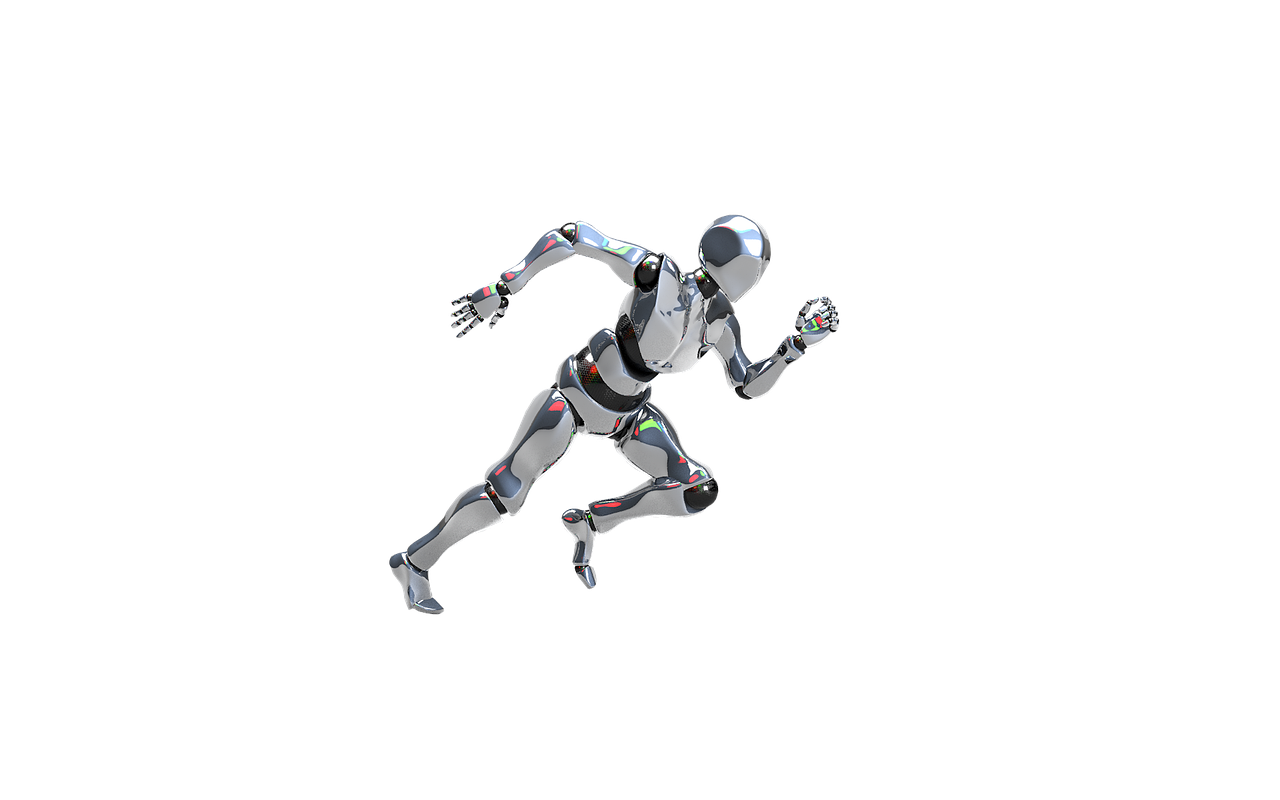Automated tasks. The very phrase conjures up images of increased efficiency, reduced workload, and more time to focus on strategic initiatives. In today’s fast-paced business landscape, automation isn’t just a luxury; it’s a necessity for staying competitive and achieving sustainable growth. This blog post dives deep into the world of automated tasks, exploring their benefits, implementation strategies, and the tools that can help you unlock their full potential.
Understanding Automated Tasks
What are Automated Tasks?
Automated tasks are processes that are executed automatically by software, scripts, or other technologies without direct human intervention. These tasks can range from simple, repetitive actions to complex, multi-step workflows. The goal of automation is to improve efficiency, reduce errors, and free up human employees to focus on more strategic and creative work.
Benefits of Automation
Implementing automated tasks can bring significant advantages to your business, including:
- Increased Efficiency: Automating repetitive tasks eliminates manual effort, leading to faster processing times and higher overall efficiency.
- Reduced Errors: Automated systems are less prone to human error, ensuring greater accuracy and consistency in results.
- Cost Savings: While there’s an initial investment, automation can lead to long-term cost savings by reducing labor costs and minimizing errors that can be costly to fix.
- Improved Productivity: By freeing up employees from mundane tasks, automation allows them to focus on more strategic and high-value activities, boosting productivity.
- Better Scalability: Automated systems can easily handle increased workloads without requiring additional staff, making it easier to scale your business.
- Enhanced Customer Experience: Faster processing times and fewer errors can lead to a better experience for your customers, improving satisfaction and loyalty.
Examples of Automated Tasks
Here are some real-world examples of tasks that can be automated:
- Email Marketing: Sending automated welcome emails, newsletters, and promotional campaigns.
- Social Media Management: Scheduling posts, responding to comments, and monitoring brand mentions.
- Data Entry: Automatically transferring data between different systems or databases.
- Invoice Processing: Automating invoice generation, payment reminders, and reconciliation.
- Lead Nurturing: Automatically sending personalized emails and content to leads based on their behavior.
- IT Operations: Automating server maintenance, software updates, and security patching.
Identifying Automation Opportunities
Task Analysis and Prioritization
The first step in automating tasks is to identify which tasks are suitable for automation. Consider these questions:
- Is the task repetitive? Tasks that are performed frequently and involve the same steps are prime candidates for automation.
- Is the task rule-based? Tasks that follow a specific set of rules or criteria can be easily automated.
- Is the task prone to errors? Automating error-prone tasks can significantly improve accuracy and reduce costs.
- How much time does the task take? Automating time-consuming tasks can free up significant amounts of employee time.
Once you’ve identified potential tasks, prioritize them based on their potential impact and ease of implementation. Start with the tasks that offer the greatest benefits and are relatively simple to automate.
Process Mapping
Mapping out the steps involved in a task can help you identify areas where automation can be applied. This involves documenting the entire process, from start to finish, including all the steps, decision points, and dependencies. This process provides a clear understanding of the task and helps pinpoint bottlenecks and inefficiencies that can be addressed through automation.
For example, if you’re automating the process of onboarding new employees, you would map out each step, from sending the offer letter to setting up their accounts and providing training.
Data Collection and Analysis
Collect data on the time, cost, and error rate associated with each task. This data will provide a baseline for measuring the impact of automation and help you justify the investment. Analyze the data to identify patterns and trends that can inform your automation strategy.
Tools and Technologies for Task Automation
Robotic Process Automation (RPA)
RPA is a technology that uses software robots to automate repetitive, rule-based tasks. RPA bots can interact with existing software applications and systems just like a human user, automating tasks such as data entry, invoice processing, and customer service inquiries.
- Popular RPA Tools: UiPath, Automation Anywhere, Blue Prism.
Workflow Automation Platforms
Workflow automation platforms allow you to create automated workflows that connect different applications and systems. These platforms provide a visual interface for designing and managing workflows, making it easy to automate complex processes.
- Popular Workflow Automation Platforms: Zapier, Integromat, Microsoft Power Automate.
Business Process Management (BPM) Software
BPM software helps you manage and optimize your business processes. It includes features for process mapping, workflow automation, and performance monitoring.
- Popular BPM Software: ProcessMaker, Kissflow, Nintex.
Scripting Languages
Scripting languages like Python, PowerShell, and Bash can be used to automate a wide range of tasks, from system administration to data processing. These languages provide a flexible and powerful way to automate tasks that are not easily automated using other tools.
For instance, a Python script can be written to automatically back up files to a cloud storage service on a regular schedule.
Task Scheduling Tools
Task scheduling tools allow you to schedule tasks to run automatically at specific times or intervals. These tools are useful for automating tasks such as data backups, software updates, and report generation.
- Popular Task Scheduling Tools: Cron (Linux), Task Scheduler (Windows).
Implementing Automated Tasks
Step-by-Step Implementation Guide
Follow these steps to successfully implement automated tasks:
Best Practices for Successful Automation
- Start Small: Begin with simple, low-risk tasks to gain experience and build confidence.
- Involve Stakeholders: Involve employees who are affected by the automation in the planning and implementation process to ensure buy-in and address any concerns.
- Provide Training: Provide adequate training to employees who will be using and maintaining the automated systems.
- Monitor Performance: Continuously monitor the performance of the automated tasks and make adjustments as needed to optimize efficiency and effectiveness.
- Document Everything: Document the automation workflows and procedures to ensure that they can be easily understood and maintained.
- Prioritize Security: Ensure that the automated systems are secure and protected from unauthorized access.
- Regularly Review and Update: Review and update the automated tasks regularly to ensure that they remain relevant and effective.
Addressing Challenges and Risks
Implementing automated tasks can present some challenges and risks, including:
- Resistance to Change: Employees may resist automation if they fear it will lead to job losses. Address these concerns by emphasizing the benefits of automation and providing training and support to help employees adapt to the new processes.
- Integration Issues: Integrating automated systems with existing systems can be complex and challenging. Ensure that you have a clear understanding of the integration requirements and choose tools that are compatible with your existing infrastructure.
- Security Risks: Automated systems can be vulnerable to security threats if not properly secured. Implement appropriate security measures to protect the systems from unauthorized access and data breaches.
- Maintenance and Support: Automated systems require ongoing maintenance and support. Ensure that you have the resources and expertise to maintain the systems and address any issues that arise.
The Future of Automated Tasks
Emerging Trends in Automation
The field of automation is constantly evolving, with new technologies and trends emerging all the time. Some of the key trends to watch include:
- Artificial Intelligence (AI) and Machine Learning (ML): AI and ML are being used to automate more complex and sophisticated tasks, such as decision-making and problem-solving.
- Hyperautomation: Hyperautomation is the application of advanced technologies, including AI, ML, and RPA, to automate a wider range of business processes.
- Low-Code/No-Code Automation: Low-code/no-code platforms are making it easier for non-technical users to automate tasks and build applications.
- Intelligent Document Processing (IDP): IDP uses AI and ML to automatically extract data from documents, such as invoices and contracts.
Preparing for the Future of Work
As automation becomes more prevalent, it’s important to prepare for the future of work by:
- Upskilling and Reskilling: Invest in training and development to help employees acquire the skills they need to succeed in an automated workplace.
- Focusing on Human Skills: Emphasize the importance of human skills such as creativity, critical thinking, and emotional intelligence, which are difficult to automate.
- Embracing Change: Create a culture of continuous learning and adaptation to help employees embrace change and adapt to new technologies.
- Rethinking Job Roles: Redesign job roles to focus on higher-value activities that cannot be easily automated.
Conclusion
Automated tasks are transforming the way businesses operate, offering significant benefits in terms of efficiency, cost savings, and productivity. By understanding the principles of automation, identifying opportunities, and leveraging the right tools and technologies, you can unlock the full potential of automation and drive sustainable growth. As automation continues to evolve, it’s crucial to stay informed about the latest trends and prepare for the future of work by investing in training, embracing change, and focusing on human skills. By strategically implementing automation, you can empower your employees, improve your bottom line, and gain a competitive edge in today’s dynamic business environment.




